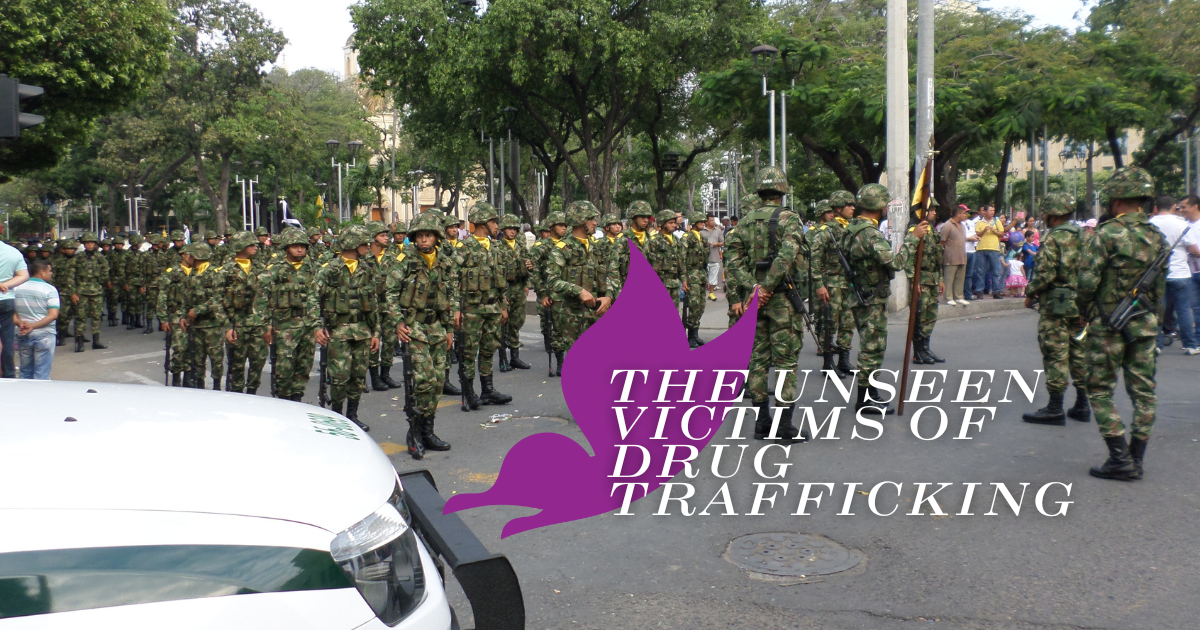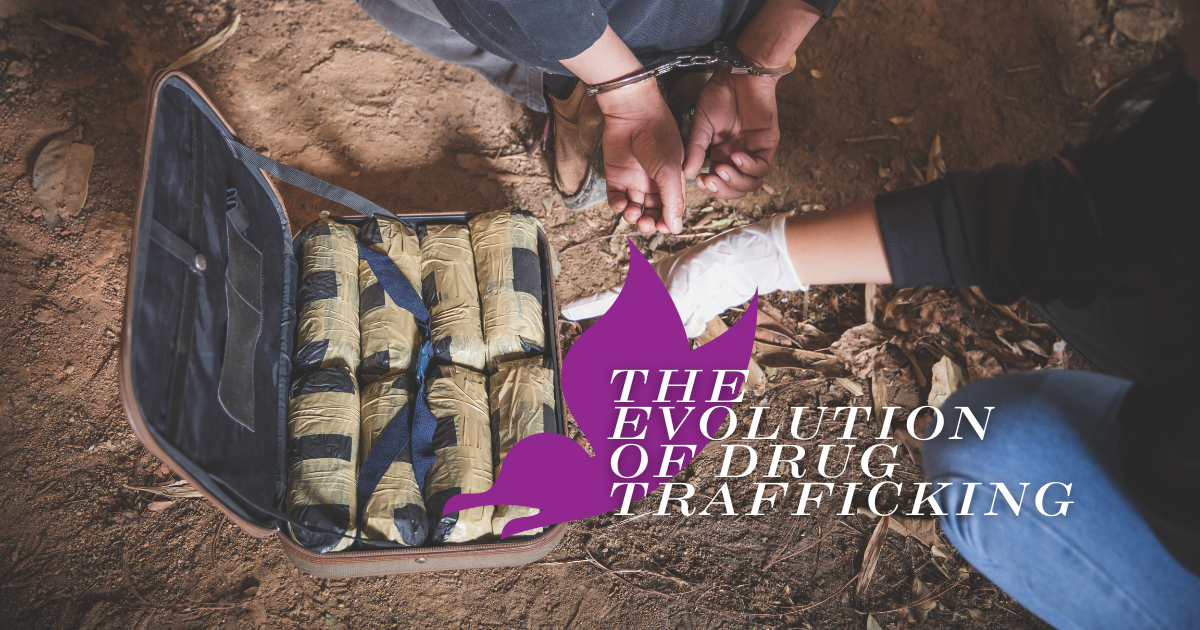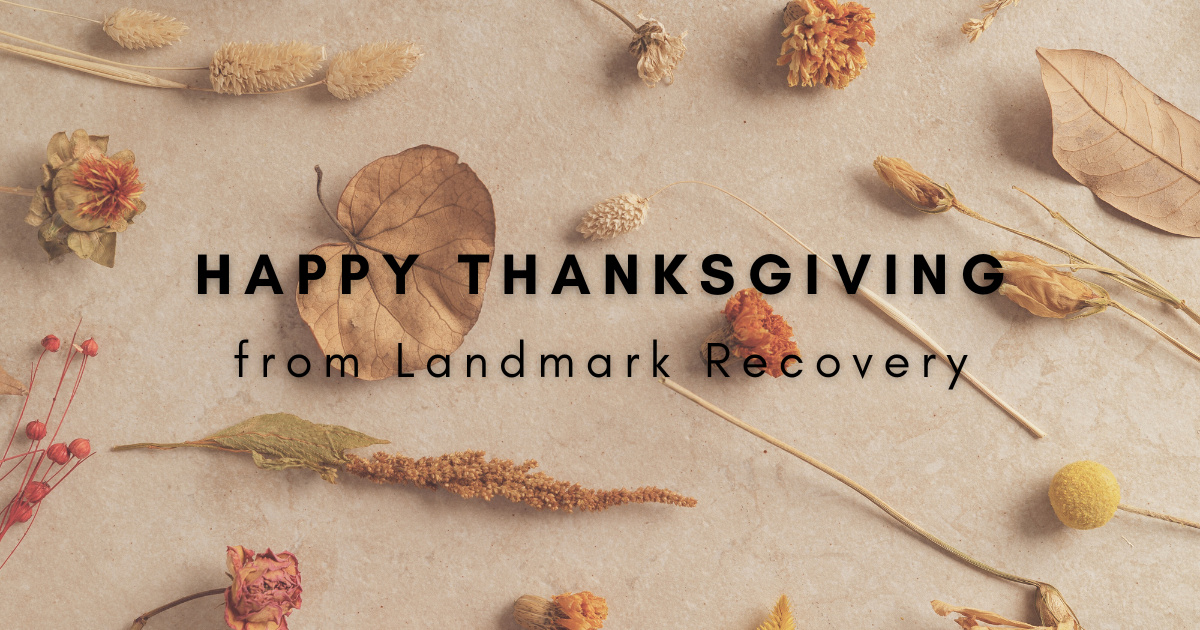If you have ever had the opportunity to speak with individuals who are in recovery from substance abuse, most will tell you they resorted to daily drug use starting in their teens, some later in life, almost always as a way to suppress a painful emotion. The pain could stem from emotional or physical neglect as a child, divorce of the child’s parents, the loss of a parent due to incarceration, or experiencing homelessness. Any traumatic experience suffered in childhood can take a severe toll on a person’s mental and physical health in later adulthood. But for many, these adverse childhood experiences (ACEs) were the catalysts of progressively poor mental health, unhealthy coping skills and, eventually, addiction.
What are Adverse Childhood Experiences?
ACE stands for Adverse Childhood Experiences incurred by children before they turn 18-years-old. The Center for Disease Control recognizes the Kaiser-ACE study as one of the largest investigations of its kind on childhood abuse and neglect and its impact on later-life health and well-being. The ACE study has found that childhood trauma directly impacts brain functions, revealing a correlation between high ACE scores and a higher chance to develop substance use disorders and other risky behaviors in adulthood. A wide range of studies have also linked ACE scores to a variety of other medical conditions including heart disease, liver disease, autoimmune disease, cancer, obesity, depression, and anxiety.
It is important to note, however, that ACE scores do not take into consideration the positive experiences from childhood that can help mitigate long-term effects of traumas. There are individuals with high ACE scores who do not suffer from at-risk behaviors. This could be due to compounding positive experiences throughout life that built up resilience, a positive relationship the person formed with a teacher or mentor or friend, or a successful experience seeking therapy and building healthy mindfulness.
Did you live with anyone who was a problem drinker or alcoholic, or who used street drugs?
The ACE questionnaire uses questions like this one to determine the level of trauma exposure a person experienced as a child. It covers the broad categories by which potentially traumatic experiences can be broken into: abuse (emotional, physical, or sexual), neglect (physically or emotionally), and household disruption, such as loss of a parent due to incarceration, drug addiction, or divorce.
The results from the questionnaire count how many ACEs each person suffered, starting with zero for no ACEs and maxing out at four or more. The National Survey of Children’s Health reported one in three children ages 0 to 17 had experienced at least one parent-reported ACE in their lifetime. Interestingly, the state of Nevada had significantly higher percentages of reported adverse childhood experiences than the overall U.S.; the top three most prevalent ACEs included, “Lived with anyone with alcohol/drug problem,” “Parent/guardian served time in jail,” and “Parent/Guardian divorced or separated.”
Additionally, children of varying races and ethnicities do not experience ACEs equally. Nationally, 61% of black non-Hispanic children and 51% of Hispanic children have experienced at least one ACE, compared to 40% of white non-Hispanic children (Sacks & Murphey 2018).
Increases in addiction-related crimes, higher addiction rates, and greater prison populations are all social consequences of childhood trauma. Research shows that individuals with ACE scores of four or higher are more likely to be incarcerated at some time in their lives compared to the general population. And, although difficult to measure, some research shows an estimated 65% of the United States’ prison population has an active substance use disorder (SUD).
Incorporating ACE Knowledge in the Professional World
Therapists, doctors, lawyers, and other professionals often work with clients who have histories of trauma. As such, it is important to foster a safe and healthy environment and to decrease the likelihood of re-traumatizing an individual in these professional settings. A very practical way to do this is to increase understanding and awareness of the impact of trauma.
When working with a patient or client, how do you recognize the symptoms and acknowledge the role trauma has played in the development of high-risk behaviors that negatively impact health?
On a very practical level, it is important to understand that traumatic stress can impact an individual’s ability to interact with you when questioned. A sign of traumatic stress may present itself as an unwillingness to share determinative information, hesitance to establish a trusting relationship, or a general reluctance to communicate. Interactions with individuals who have a history of trauma may also change drastically over time. Although it may require several intentional discussions, making the effort to establish a safe environment and build trust can result in disclosures that would otherwise go unknown.
Be welcoming and offer a warm smile. Facilitate conversations where open sharing of information is encouraged and create an environment with responses that reassure safety. Seat your client or patient in view of the door, leaving it open when appropriate. Let them know there is no judgement in the notes you will be taking, and take time to let them know they are heard.
Take initiative to become more trauma-informed so you are also aware of the resources available to your client. You can learn additional techniques and information from The Substance Abuse and Mental Health Services Administration, a branch of the U.S. Department of Health and Human Services, which offers trauma training and connects professionals to tools and resources available.
Addiction, for example, can be managed if the person suffering from addiction is treated in a rehabilitative way rather than punitively; shaming, blaming and punishing are futile in the fight against SUD and mental illness.
One treatment option is Cognitive Behavioral Therapy (CBT). CBT is an evidence-based treatment used to treat psychological problems ranging from depression, anxiety and bipolar disorder to PTSD and borderline personality. CBT works by helping a patient examine their past history and important life events as well as reactions to certain stressful situations. The information they learn about themselves and their thought patterns is then used to devise new coping strategies. Group behavioral therapy is particularly effective in treating addiction as many find a great source of support from peers who are experiencing similar difficulties.
It is important to counsel the benefits of treatment for mental health and addiction. Anyone who suffers from an addiction can benefit greatly if they seek help to examine their childhood traumas. These are often the most likely the root cause of their substance use disorder.
Consider administering the ACE questionnaire to your client or patient. For example, an ACE score could benefit a lawyer in understanding and representing his or her client. Your findings could allow you to present an argument to the judge about the implications of a higher score and how it reflects significant childhood trauma.
An Example ACE Questionnaire
In a few words: ACE scores reveal a lot about a person’s ability to cope, and being aware of this proven fact as you represent your client or patient can change the trajectory of their life. An individual’s ACEs are not an excuse for criminal behavior, but they are a resource for better understanding the root causes of any health, social and emotional problems. And acknowledging the role trauma plays in high-risk behavior, like substance abuse, can even open new pathways to recovery and boost resilience.
To learn more about your adverse childhood experiences, take the ACE questionnaire below:
- Did a parent or other adult in the household often: Swear at you, insult you, put you down, or humiliate you? Or act in a way that made you afraid that you might be physically hurt?
- Did a parent or other adult in the household often: Push, grab, slap, or throw something at you? Or ever hit you so hard that you had marks or were injured?
- Did an adult or person at least 5 years older than you ever: Touch or fondle you or have you touch their body in a sexual way? Or attempt or actually have oral, anal, or vaginal intercourse with you?
- Did you often feel that … No one in your family loved you or thought you were important or special? or Your family didn’t look out for each other, feel close to each other, or support each other?
- Did you often feel that: You didn’t have enough to eat, had to wear dirty clothes, and had no one to protect you? Or your parents were too drunk or high to take care of you or take you to the doctor if you needed it?
- Were your parents ever separated or divorced?
- Were any of your parents or other adult caregivers: Often pushed, grabbed, slapped, or had something thrown at them? Or sometimes or often kicked, bitten, hit with a fist, or hit with something hard? Or ever repeatedly hit over at least a few minutes or threatened with a gun or knife?
- Did you live with anyone who was a problem drinker or alcoholic, or who used street drugs?
- Was a household member depressed or mentally ill, or did a household member attempt suicide?
- Did a household member go to prison?
References:
https://www.leg.state.nv.us/App/InterimCommittee/REL/Document/13181
https://mchb.hhttps://www.ncbi.nlm.nih.gov/pmc/articles/PMC3662280/
https://www.drugabuse.gov/publications/drugfacts/criminal-justice
https://www.drugabuse.gov/publications/drugfacts/criminal-justice




